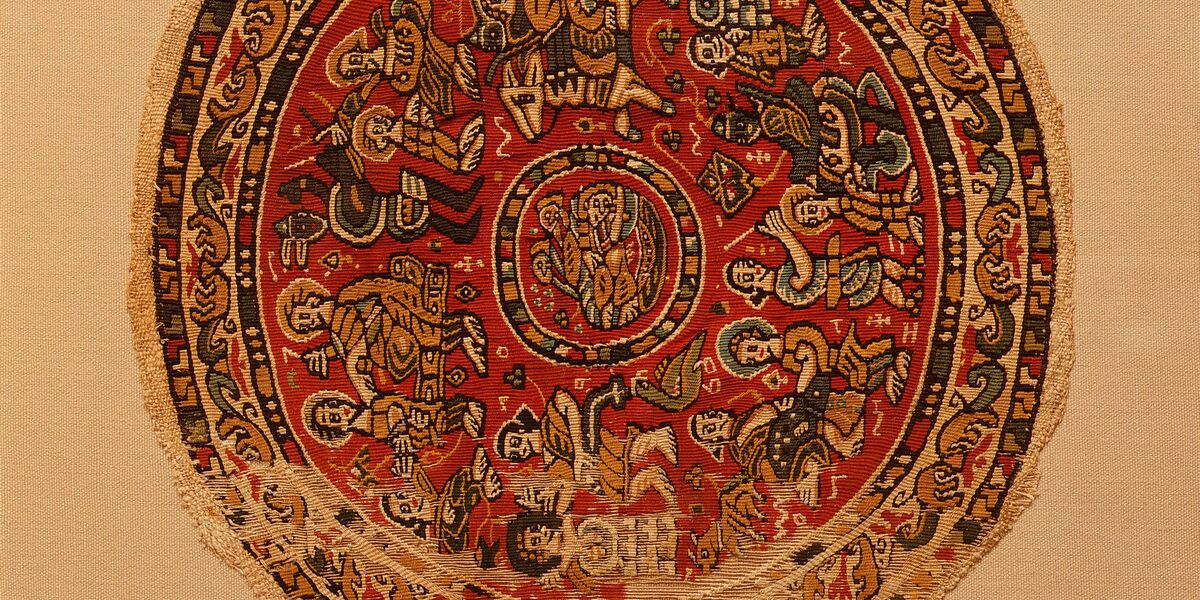Lent Stations: Vices & Virtues


Lent Stations: Vices & Virtues
The Visual Commentary on Scripture’s Lent offering this year is based as usual around 14 ‘Stations’, beginning on Ash Wednesday and continuing on Mondays and Fridays until Holy Week. All the commentaries in the series have an audio feature so that you can listen to them while viewing the works of art. Our 2024 Stations will share with you a series of seven works exploring, first, the seven vices most commonly included in lists of the ‘deadly sins’, and then, second, the seven cardinal and theological virtues.
Scroll to the bottom of the page for a longer introduction
VICES
Station 1: Ash Wednesday
Pride: Ecclesia and Synagoga
Station 2: Friday 16 February
Avarice (Greed): Death and Investment
Station 3: Monday 19 February
Wrath (Anger): A Herculean Sin
Station 4: Friday 23 February
Envy: A Story that Comes Full Circle
Station 5: Monday 26 February
Lust: They Shall Eat, But Not Be Satisfied
Station 6: Friday 1 March
Gluttony (Greed): A Strong Craving
Station 7: Monday 4 March
Sloth (Laziness): Rest as Resistance
VIRTUES
Station 8: Friday 8 March
Prudence (Good Judgement): Embodied Wisdom
Station 9: Monday 11 March
Justice: Just Wages
Station 10: Friday 15 March
Temperance (Restraint): The Politic and the Aesthetic
Station 11: Monday 18 March
Fortitude (Courage, Perseverance): Seize the Fish and Don't Let Go
Station 12: Friday 22 March
Faith: To Our Hopes
Station 13: Monday 25 March
Hope: Neither Slave nor Free
Station 14: Wednesday 27 March
Love: Hospitality on Trial
HOLY WEEK
Maundy Thursday
Good Friday
Holy Saturday
Easter Sunday
Lent Stations: Vices & Virtues Email Signup
Scroll to box at the bottom of the page to receive links direct to your inbox with our Lent Stations: Vices & Virtues emails.
Vices & Virtues
The Christian practice of listing vices and virtues has a long history, going back at least to the times of the very early desert monks in the fourth and fifth centuries. As they cultivated their little patches of land in order to sustain themselves, they also cultivated their bodies and souls to make them as fruitful as they could. Later, medieval Christian manuscripts featured the motif of the ‘virtue garden’, in which the virtues (usually seven) are shown as trees, being watered by prayer.
Christianity, like Judaism, likes having things in sevens. The sixth-century Pope Gregory the Great codified what he thought of as the seven ’capital’ sins—the vices from which all other wrongdoings flow—establishing what we still commonly refer to today as the seven ‘deadly’ sins. The list has varied a little over time. Some vices have dropped out and others have been dropped in. But overall, it has been remarkably consistent.
There has also been variety in the seven virtues Christians have listed for special consideration and imitation. Some lists are based on Jesus’s teaching in the Sermon on the Mount (‘the Beatitudes’); some were developed to describe specific antidotes to each of the capital vices; and one was a combination of four ‘cardinal’ virtues, celebrated in ancient classical philosophy as well as in Jewish and Christian tradition—Prudence, Justice, Temperance, and Fortitude—with the three ‘theological’ virtues outlined by St Paul in 1 Corinthians 13—Faith, Hope, and Love.
The Visual Commentary on Scripture’s Lent offering this year is based as usual around 14 ‘Stations’, beginning on Ash Wednesday and continuing on Mondays and Fridays until Holy Week. All the commentaries in the series have an audio feature so that you can listen to them while viewing the works of art. Our 2024 Stations will share with you a series of seven works exploring, first, the seven vices most commonly included in lists of the ‘deadly sins’, and then, second, the seven cardinal and theological virtues.
Along the way, our commentaries will explore what some of the more archaic-sounding virtues, like fortitude and temperance might have to teach us in a 21st-century context. Perseverance and self-restraint are, after all, things we need as much as ever.
And because vices are usually good things gone wrong—inordinate or disordered love for something that isn’t necessarily bad in itself, but bad when desired too much or in the wrong way—then you may find the occasional surprise along this Lenten journey: for example, a ‘vice’ having more of the qualities of a ‘virtue’ than you expected.
Lent is a time for spiritual gardening. We hope you will find this year’s Lent Stations a helpful way to take stock of what you might like to weed and what you might like to nurture in your own contexts.



























